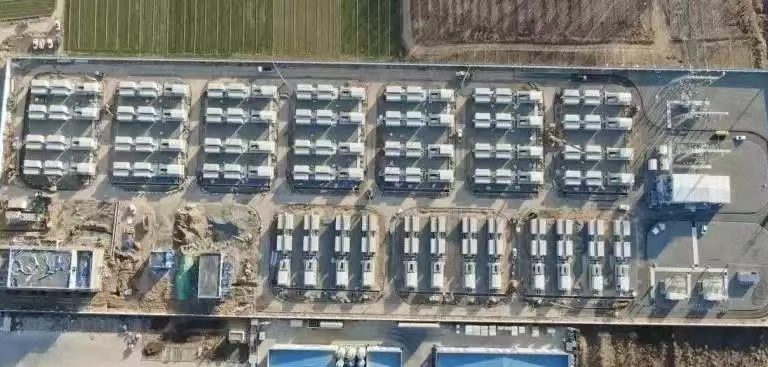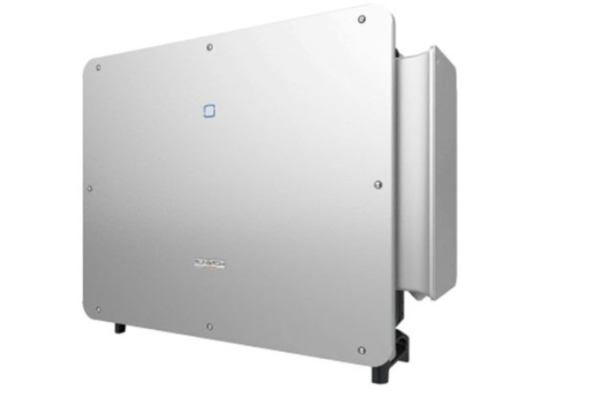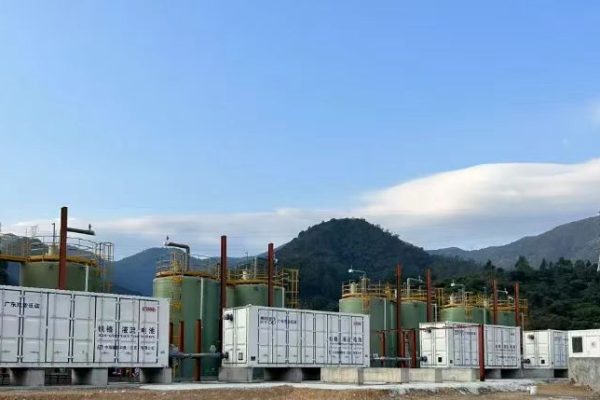What EPCs and Traders Should Check First When Things Go Wrong
⚠️ Why Commercial Storage Systems Fail
Even with high-quality components, commercial-scale battery energy storage systems (BESS) can fail in the field. These failures can be costly—not only in downtime, but also in damaged equipment, lost client trust, or even warranty disputes.
For EPCs, distributors, and international buyers handling 30–500 kWh systems, understanding how to systematically troubleshoot is essential.
Let’s walk through the top failure modes, diagnostic tools, and a step-by-step approach to get the system back online quickly.
🧯 Common Failure Types in Commercial BESS
| Failure Type | Symptoms | Root Cause |
|---|---|---|
| Battery non-activation | No voltage output from pack | BMS lockout, over-discharge |
| Inverter fault | Error code, no AC output | Grid sync error, DC input outside range |
| Communication loss | App offline, no data logs | RS485/CAN wiring, EMI interference |
| Temperature shutdown | System cuts off during operation | Poor ventilation or BMS temp limit |
| Imbalanced battery modules | Uneven voltages, low runtime | BMS failure or aging cells |
| Unexpected shutdowns | System powers down randomly | Firmware bugs, EMS misconfiguration |
🛠️ Step-by-Step Troubleshooting Process
1. Read System Logs and Alarms First
- Start with inverter and BMS logs
- Prioritize recent timestamps at failure moments
- Look for error codes or “communication lost” messages
Most modern hybrid inverters and lithium battery packs have internal logs accessible via display, app, or laptop.
2. Verify Wiring and Connectors
- Loose or reversed DC cables cause undervoltage alarms
- Damaged or miswired communication cables can block EMS/BMS sync
- Grounding and PE wire continuity is often overlooked
✅ Use a multimeter to check voltages and continuity.
✅ For RS485/CAN, confirm A/B wiring order and shield grounding.
3. Check Battery Status at Module Level
- Access individual module voltages and temps
- Look for:
- Over-voltage or under-voltage protection triggering
- One module with far lower SoC = imbalance
- High cell temperature = cooling issue
If the BMS locks the pack, a manual reset or laptop tool may be needed.
4. Inverter DC Input Parameters
- Check if battery DC voltage falls within the inverter’s working window
- Some hybrid inverters (e.g., 100–550 V range) won’t start below 120 V
- For paralleled packs: ensure same firmware and busbar polarity
5. EMS and Load Coordination
- Did the EMS disable discharge due to grid settings?
- Any “export limit reached” or “low SoC limit” blocks discharge
- Load side may be drawing spikes beyond rated capacity
You may need to adjust EMS parameters or inverter load profiles.
🔌 Useful Diagnostic Tools
| Tool | Use |
|---|---|
| Laptop + RS485/CAN adapter | Access BMS or EMS settings directly |
| Multimeter / clamp meter | Voltage, current, ground check |
| Infrared thermometer | Identify overheating parts |
| Manufacturer-specific software | View cell voltages, logs, perform resets |
| Data logger screenshot | Prove issue timeline for supplier claims |
📋 Recovery Plan Template (for EPCs)
- Log fault time & symptoms
- Check battery voltage / communication
- Review inverter logs & parameters
- Document cable layout and verify pinout
- Call supplier with clear symptom list
- Use screenshots to back up warranty claim if needed
- Apply configuration fix or replace component
💡 Pro Tip: Pre-Commissioning Avoids 80% of Failures
Many commercial failures are due to configuration mismatch, such as:
- Incorrect BMS protocol selection
- Default EMS SoC thresholds
- Inverter not updated to latest firmware
- Poor ambient ventilation design
Build a commissioning checklist including:
- Firmware version
- EMS time zone + backup mode test
- BMS alarm test
- Data upload verification
🧠 For Traders: What to Ask When a Client Reports a Fault
Instead of just saying “We’ll check,” ask:
- What’s the battery voltage now?
- Any flashing lights or beeps?
- Do you have a photo of the inverter screen?
- Was anything changed in the setup before the issue?
This approach shows technical competence and speeds up troubleshooting even across time zones.
✅ Final Thoughts
Troubleshooting commercial storage failures is less about advanced tools and more about clear thinking and system understanding. With the right workflow, even small teams can handle 100+ kWh systems confidently—without relying entirely on overseas support.









